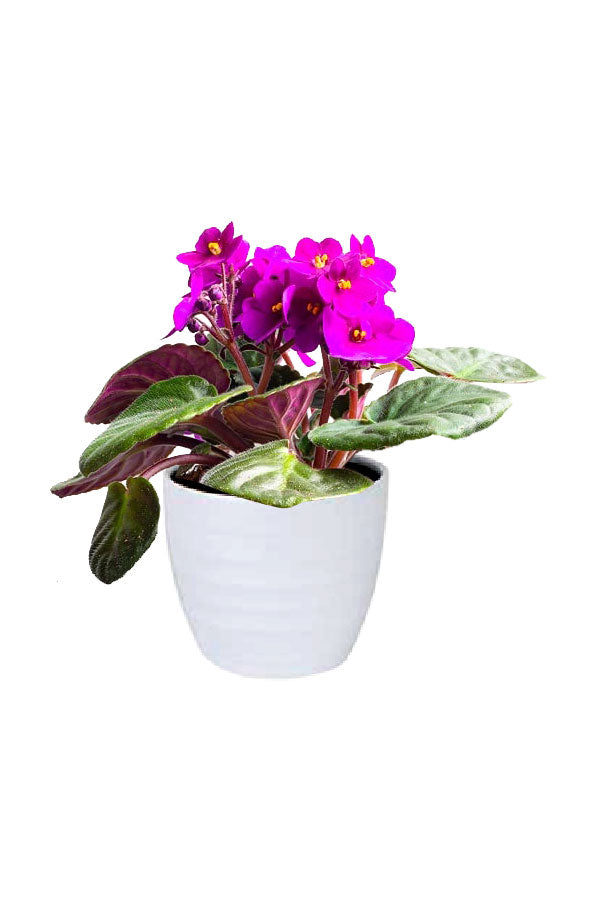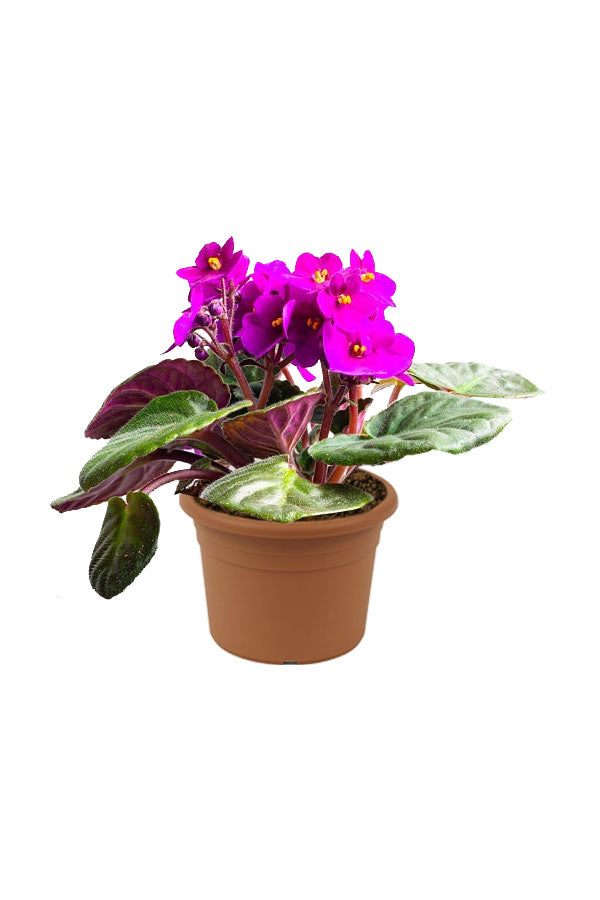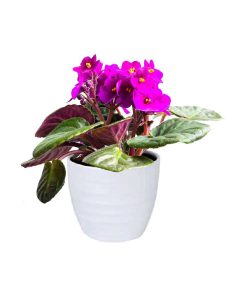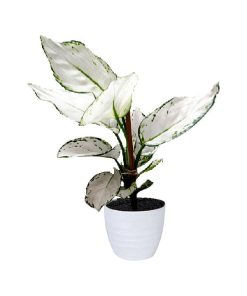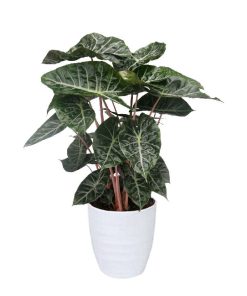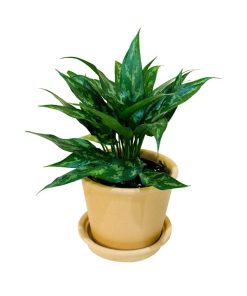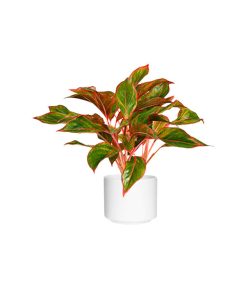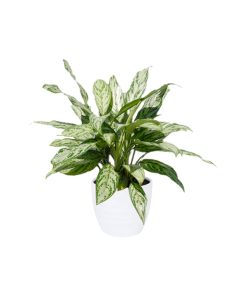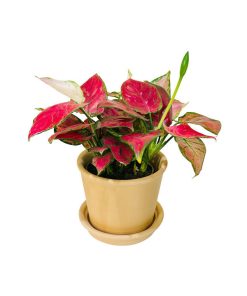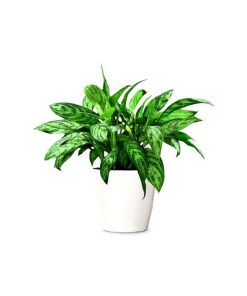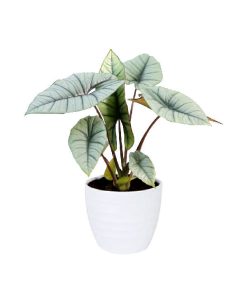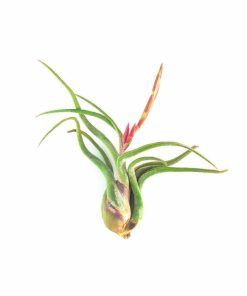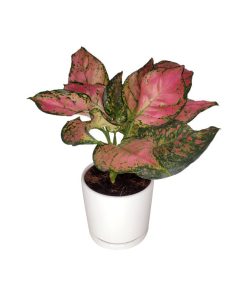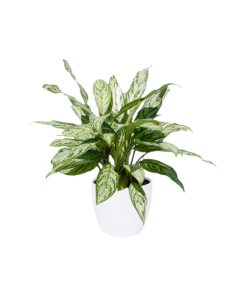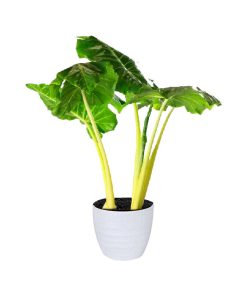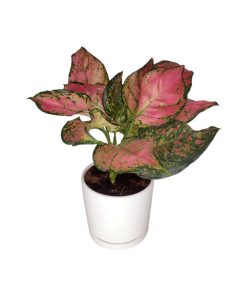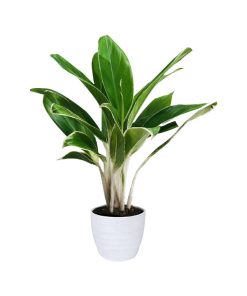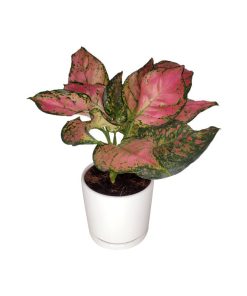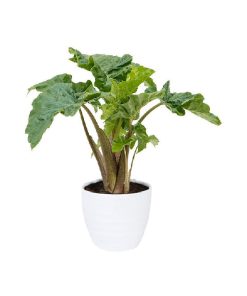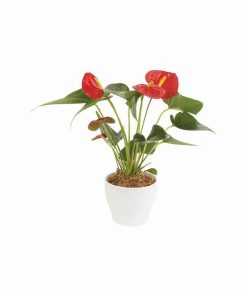African Violet Plantsworld.ae
د.إ 35,00 د.إ 21,00
ABOUT THE PLANT
African violets, scientific name Saintpaulia, are popular flowering houseplants known for their vibrant and delicate flowers. Here are some key features of African violets:
-
Flower appearance: African violets produce clusters of small, dainty flowers in a variety of colors, including shades of purple, pink, white, and blue. The flowers often have a velvety texture and can have single or double petals. Some varieties may also have fringed or ruffled edges, adding to their visual appeal.
-
Leaf appearance: The leaves of African violets are typically dark green and have a round or oval shape. They are often slightly fuzzy or hairy to the touch. The leaves grow in a rosette pattern and form a dense, compact plant.
-
Growth habit: African violets are compact, small-sized plants that are typically grown in containers. They have a clumping habit and can reach a height of 6 to 8 inches (15 to 20 centimeters) and a spread of 8 to 12 inches (20 to 30 centimeters). They are popular choices for tabletops or windowsills.
-
Light requirements: African violets prefer bright, indirect light. They should be placed near a window with filtered light or under fluorescent grow lights. Direct sunlight can burn the leaves, so it’s best to avoid exposing them to harsh, high level of sunlight.
-
Temperature and humidity: African violets thrive in temperatures between 65°F and 75°F (18°C to 24°C). They prefer moderate humidity levels and should be protected from cold drafts and extreme temperature fluctuations.
-
Watering: It’s important to water African violets properly to avoid issues such as root rot. Water the plant from the bottom by placing the pot in a saucer of water and allowing the roots to soak up the water. Avoid getting water on the leaves, as this can cause spotting or rot. Let the soil slightly dry out between waterings to prevent overwatering.
| Size | 20 – 30 Cm |
|---|---|
| Pot | Nursery Plastic Pot, White Ceramic Pot |
Fast Shipping & Professional Packing
We are able offer many shipping options thanks to our long-term partnership with UPS FedEx DHL. Our warehouse staff is highly educated to pack your items exactly as per the specifications we offer. Your items will undergo an extensive inspection and will be securely secured prior to being delivered. We ship to thousands clients every day in a variety of countries. This shows our commitment to becoming the biggest retailer online in the world. The distribution centers and warehouses distribution are in Europe, as well as the USA.
Orders with more than one item are assigned processing times for each item.
We will thoroughly inspect all products before they are shipped. The majority of orders will be shipped within 48 hours. Delivery is expected to take between 3 and 7 days.
Returns
Stock is dynamic. It's not completely managed by us since we are involved with multiple parties such as the factory and the storage. So the actual stock may alter at any time. Please understand it may happen that your order will be out of stock once your order has been made.
Our policy is valid for 30 days. If you don't receive the product within the 30 days period, we're not able to issue the option of a refund or exchange.
The item cannot be used and in the original packaging. The item must be in its original packaging.
Related products
Indoor Plant
Indoor Plant
Indoor Plant
Indoor Plant
Indoor Plant
Indoor Plant
Indoor Plant
Indoor Plant
Indoor Plant
Indoor Plant
Indoor Plant
Indoor Plant
Indoor Plant
Indoor Plant
Indoor Plant
Indoor Plant
Indoor Plant
Indoor Plant
Indoor Plant
Indoor Plant
Indoor Plant
Indoor Plant
Indoor Plant
Indoor Plant
Indoor Plant
Indoor Plant
